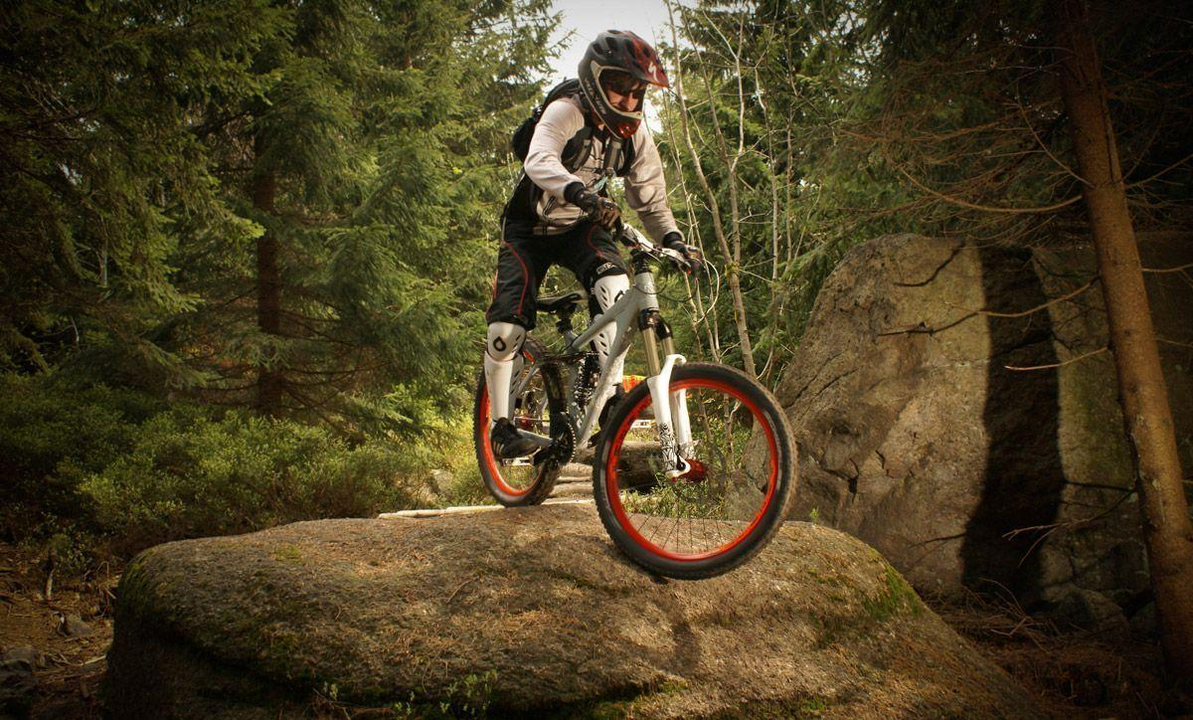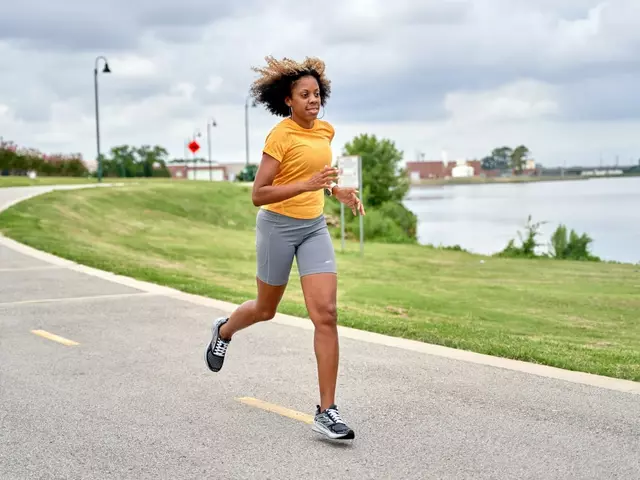Wear Tips for Cyclists and Runners – Gear Up Right
When you hit the road or trail, what you wear can make or break your day. The right shoes, shorts, and layers keep you comfortable, safe, and focused. Below are simple steps to pick gear that works for you without spending hours researching.
Choose Shoes That Fit Like a Glove
Cycle shoes should feel snug but not pinch. Your toes need a little wiggle room, while the heel stays in place when you pedal. Try them on with your usual socks and press the ball of your foot against the front – you should feel a firm press, not a squeeze. A good fit boosts power and cuts hot spots.
Get Shorts That Stay Put
Many riders struggle with shorts that ride up or chafe. Look for a stretchy fabric and a flat lock‑seam chamois. The waistband should sit high on the hips and not roll down as you move. If you’re not sure, bring a pair of bike shorts to a local shop and test them on a short ride.
For runners, the same rules apply. A well‑designed running short or tights with moisture‑wicking material helps keep you dry and prevents irritation. Pay attention to the fit around the thighs; too loose and the fabric will bunch, too tight and it will restrict stride.
If you’re cycling in cooler weather, layer wisely. A thin, breathable base layer wicks sweat, a lightweight wind‑proof jacket blocks chill, and a packable rain shell tops it off when the sky opens. Each piece should be easy to zip or snap off so you can adjust temperature on the fly.
Running in cold? Same idea: a snug, moisture‑wicking top, a wind‑breaker, and a waterproof hat or vest for sudden showers. Avoid cotton – it stays wet and makes you feel cold fast.
Don’t forget visibility. Bright colors and reflective strips are cheap ways to stay seen in low light. Look for shoes, jackets, or vests with built‑in reflectors, or add a clip‑on LED strip to your helmet or bike frame.
Lastly, care for your gear. Wash bike shorts inside‑out on a gentle cycle, and let shoes air dry away from direct heat. Proper maintenance keeps fabrics stretchy and prevents odors, so your next ride feels as good as the first.
Putting these simple checks into your routine means less distraction and more enjoyment every time you lace up. Pick gear that fits, stay visible, and treat your clothes right – your body will thank you.



